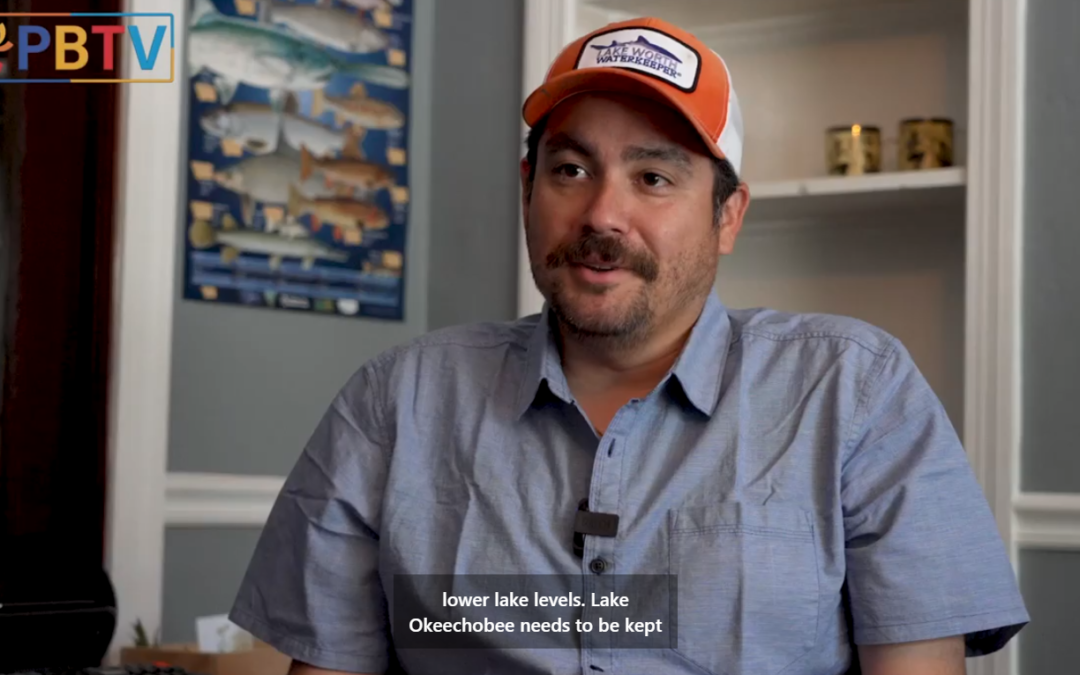
Town of Palm Beach sends resolution on Plan CC to the South Florida Water Management District
Your Lake Worth Waterkeeper discusses a resolution sent from the town of Palm Beach to the South Florida Water Management District concerning Plan CC.

Your Lake Worth Waterkeeper discusses a resolution sent from the town of Palm Beach to the South Florida Water Management District concerning Plan CC.
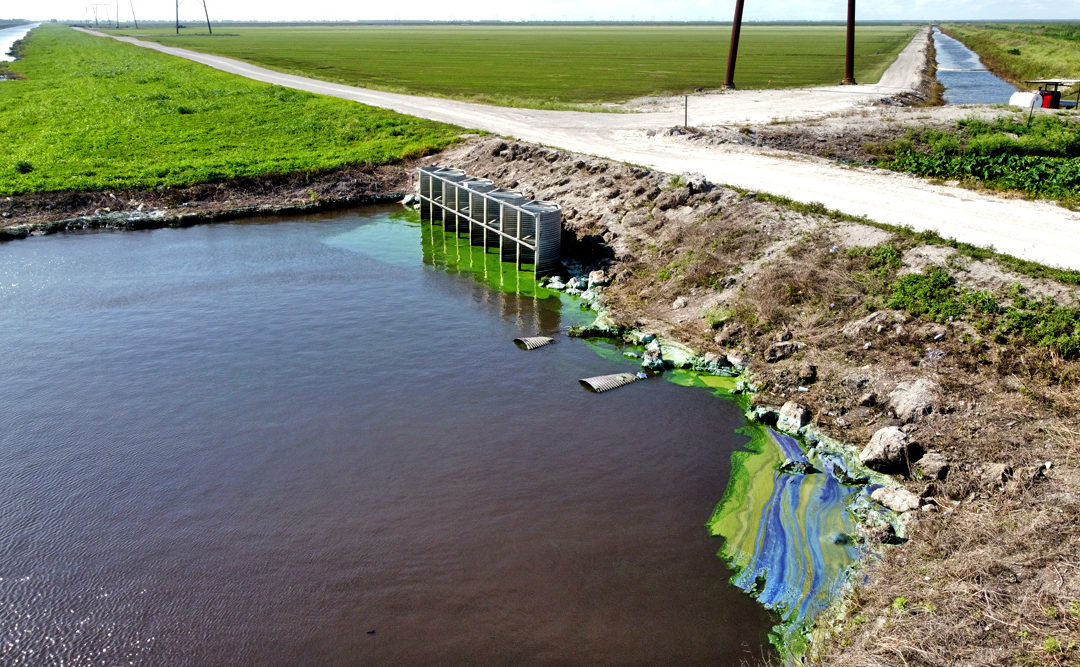
Several conservationists, including Lake Worth Waterkeeper Reinaldo Diaz, spoke with WPBF 25 News about the Army Corps decision for a preliminary plan Monday, saying it is a big sigh of relief as they feel heard for the first time.
“It’s definitely not a final ‘we are done, we can wrap it up.’ It’s a big step in the right direction,” Diaz said.
The Army Corps decided to go with “Alternative Plan CC” as they write the new Lake Okeechobee operating manual, known as LOSOM, which will guide decisions for at least the next decade.
“I’ve been fighting for this clean water because I want it to be like it was when I was growing up and there weren’t these toxic algae blooms. There weren’t these discharges,” said Mark Perry, Rivers Coalition President and Florida Oceanographic Society Executive Director.
The preliminary plan greatly reduces freshwater flows into the St. Lucie estuary instead sending water south into the Everglades and some west to the Caloosahatchee River.
“We don’t want a single drop,” said Michael Conner, Indian Riverkeeper executive director. “We never wanted a single drop. We were the unfortunate recipients of all this water over all these decades which has had drastic effects on our estuary.”
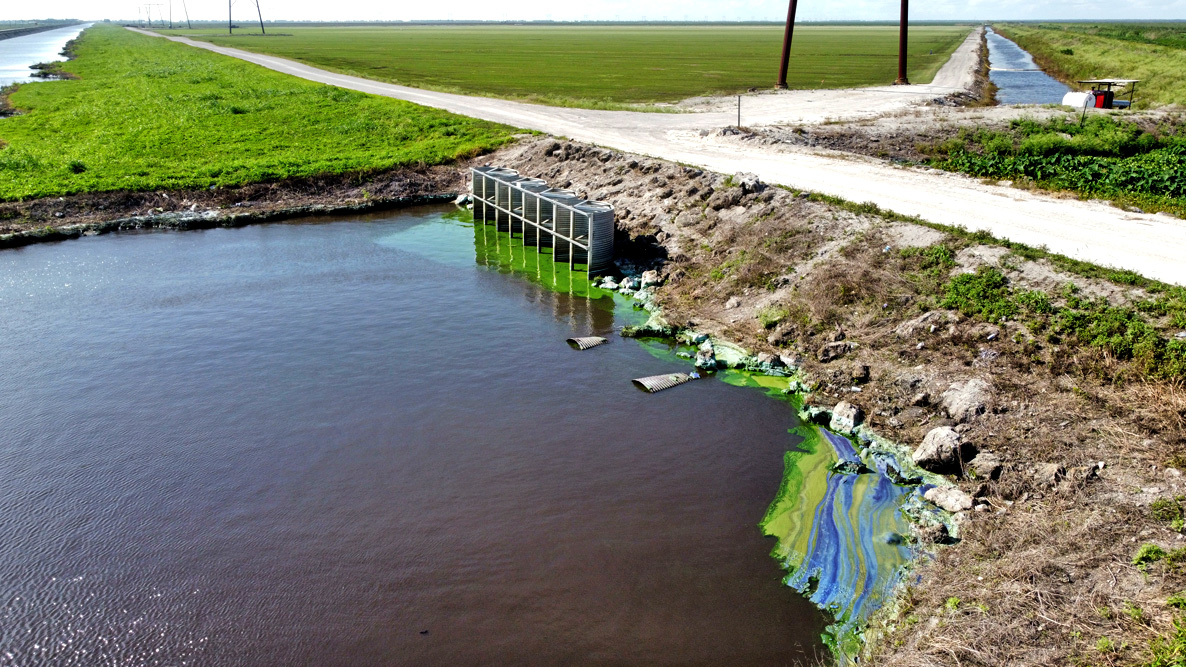
Photo credit: Lake Worth Waterkeeper
But some said one of the concerns with the new plan is that it keeps Lake Okeechobee water levels too high for too long.
“That unfortunately is not good for the health of the lake,” Perry said. “The Lake Okeechobee needs to fluctuate from dry to wet period.”
For the Indian Riverkeeper, the new plan could mean the revival of industries, which have been impacted by the effects of toxic discharge.
“Kills sea grass,kills our oysters, hurts our economy when people see the cyanobacteria blooms in our water ways here,” Conner said. “You know the fishing industry, the tourism industry, the real estate values all suffer.”
The Lake Worth waterkeeper said he believes the people of Palm Beach County will also see less toxic water coming into the waterways if the plan moves forward.
“This choice of CC is really the first time that we see that we actually have, you know, a meaningful seat at the table and not just participating in public, but they are listening,” Diaz said.
Right now, the Army Corps will move forward with optimizing and tweaking the plan, they will be taking public input until they make a final decision in August.
The plan should become operational in late 2022.
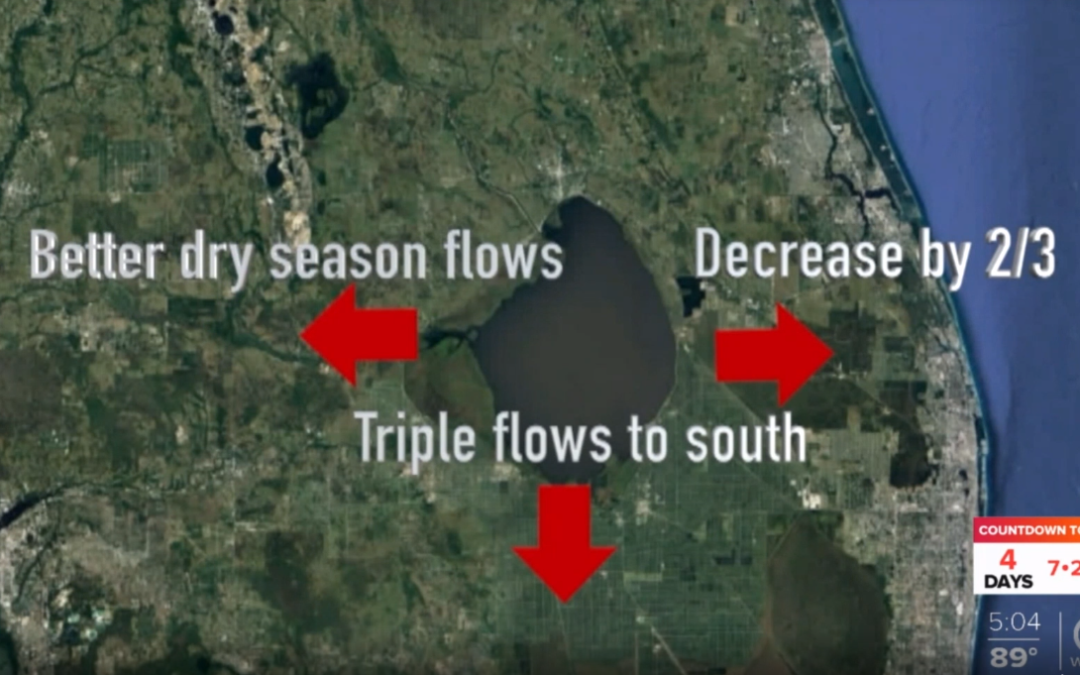
From the C-51 canal to the Pahokee Marina, Palm Beach County has seen a lot of toxic algae this summer.
But after being closed for months, the Pahokee Marina has reopened.
The barriers blocking the road leading to the Pahokee Marina have been removed. People are sitting at picnic tables, and others are walking the perimeter of the marina and fishing again in Lake Okeechobee.
“It was depressing to see it closed, and once that blue-green sludge was out of here, there was no reason to keep it that way that I can ascertain,” said Bob Cartlidge.
The marina reopened Monday after being closed for months because of toxic algae.
Cartlidge has lived on his boat in the marina since 2008. He’s taken pictures of the algae over the years.
“It needs to be rectified,” Cartlidge said.
The marina has been cleaned and pumps have been installed to help circulate the water.
And now, some believe the U.S. Army Corps of Engineers’ future plan for managing Lake Okeechobee will help the water quality in Palm Beach County.
“Whats good for Lake O is good for all of the Lake Worth Lagoon watershed, especially the areas in the Glades community the western half of the watershed,” said Lake Worth water keeper Reinaldo Diaz.
Diaz said that although the plan is not perfect, he’s happy with the choice after the Corps announced whats called “Alternative CC” for its preferred future plan, determining where water from Lako O is sent and how much.
“CC was the best for Lake O and that’s at the heart of all our systems, all our watersheds including the Lake Worth Lagoon Watershed,” Diaz said.
At the marina, to further improve water flow and cut down on algae blooms, the sheet pilings that created a barrier between the marina and the lake are also being removed.

The Palm Beach Civic Association held a panel discussion on our local water quality issues.
The panelists included:
Attorney Reinaldo Diaz
The Lake Worth Waterkeeper
Dr. Steven Davis
Chief Scientist With The Everglades Foundation
Attorney Lisa Interlandi
Everglades Law Center
Tom MacVicar
A Water Management Consultant, MacVicar Consulting Inc.
Dr. James Sullivan
A Member Of The Blue-Green Algae Task Force and Executive Director of FAU’s Harbor Branch Oceanographic Institute
The panel was hosted by Palm Beach Civic Association Communications Department members Wendy Rutledge and William Kelly.
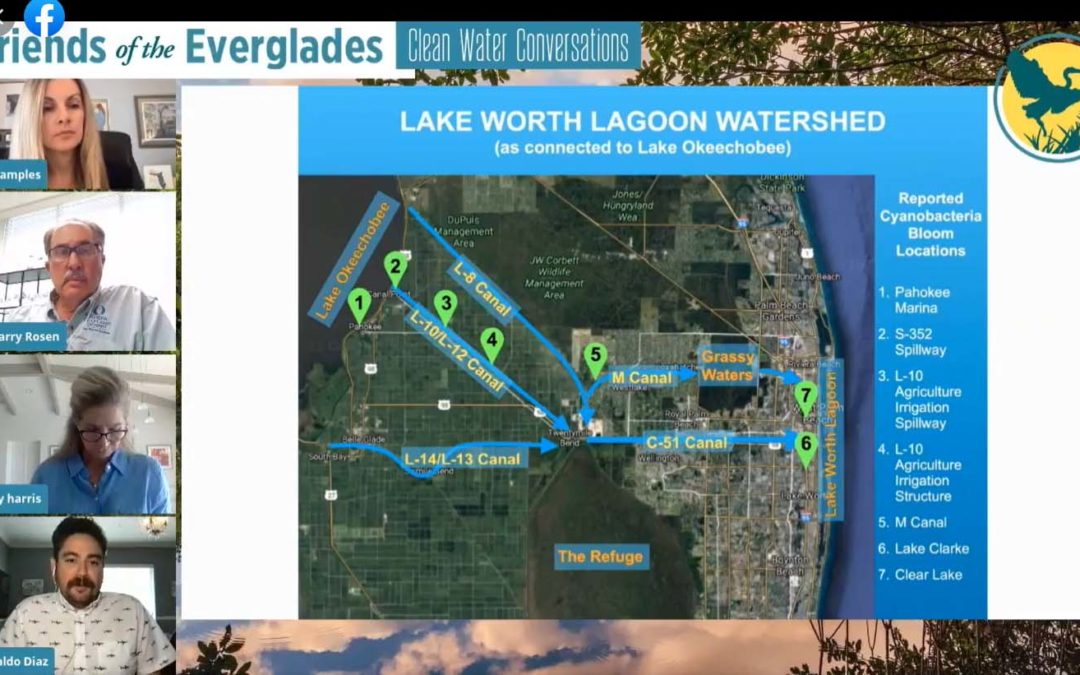
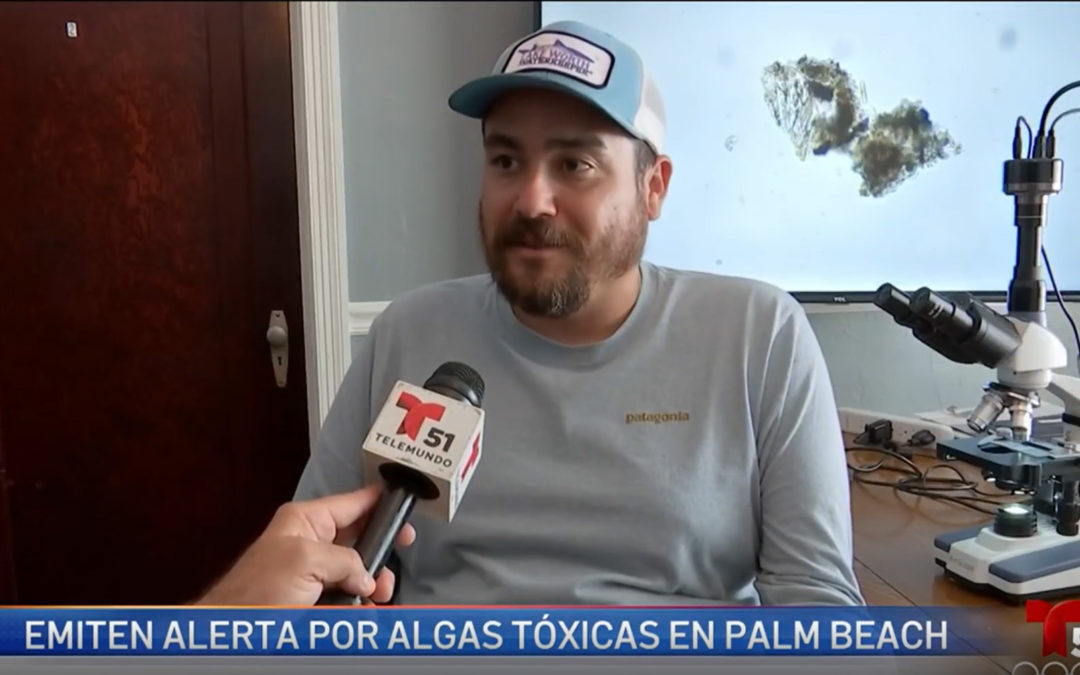
Las autoridades han estado colocando afiches advirtiendo sobre la posible presencia de algas tóxicas en los canales, pero para un experto con el cual hablamos esta advertencia no refleja la severidad del problema.
Reinaldo Diaz, de la Organización Lake Worth Waterkeeper, dice: “Es un problema de salud pública muy serio”.
Este lunes el dpto. de salud del condado Palm Beach emitió una nueva alerta a raíz de la presencia de algas tóxicas en el canal c51 que llega hasta Lake Worth. Anuncios en distintos lugares advierten de los peligros. Para Reinaldo Diaz los peligros son más severos
Reinaldo Diaz, dice:
“La alerta no captura eso, dice cosas como que si limpias, lavas el pescado que tu agarraste de esa agua, con poca agua fresca que va a ser suficiente para comerlo y la verdad eso no es honesto no es transparente en el peligro que este problema lleva”.
Y es que estas algas tóxicas son nocivas para la salud y un especial peligro para niños y mascotas. Esta residente hace una advertencia.
Pamela McAfee, dueña de mascota que murió, dice: “Quienes estamos en el canal C 51 no vivimos en un ambiente seguro”.
Y es que fue el perro de Pamela, Bella, quien murió el pasado 25 de mayo por haber tomado agua del canal.
“Hicimos todo lo posible por salvarla, pero no pudimos”.
Cuando murió la perra, muestras de su vomito fueron enviados a un laboratorio. Reinaldo se comunicó con la dolida dueña del perro.
“Salió el resultado que el perro tenía en su sistema niveles de Ciano bacterias muy altos”.
Las descargas de agua del lago Okeechobee, llena de fertilizantes el lago, y atraviesan el condado y llegan hasta West Palm Beach. Pero no solo existe riesgo al estar en contacto con esta agua o tomarla, el peligro es aún mayor
“Hay estudios que dicen que puedes estar a 20 millas de distancia del agua que está contaminada con esto y con el viento levanta está Ciano bacterias y puede viajar por el aire y nosotros podemos respirarlo así de lejos”
Segun Reinaldo Diaz, una de las soluciones para este importante problema es sencilla, pero acarrea un complejo proceso este es la restauración de los Everglades.